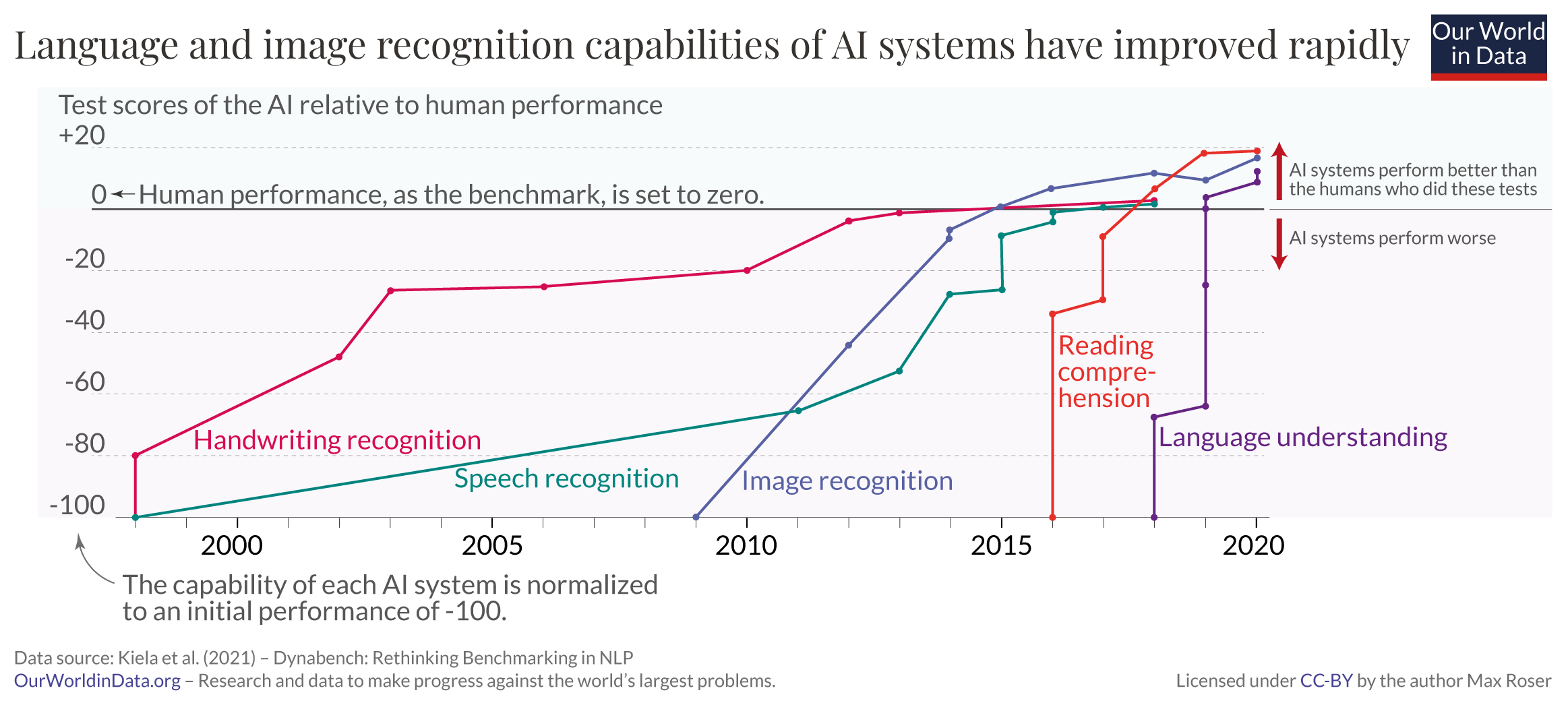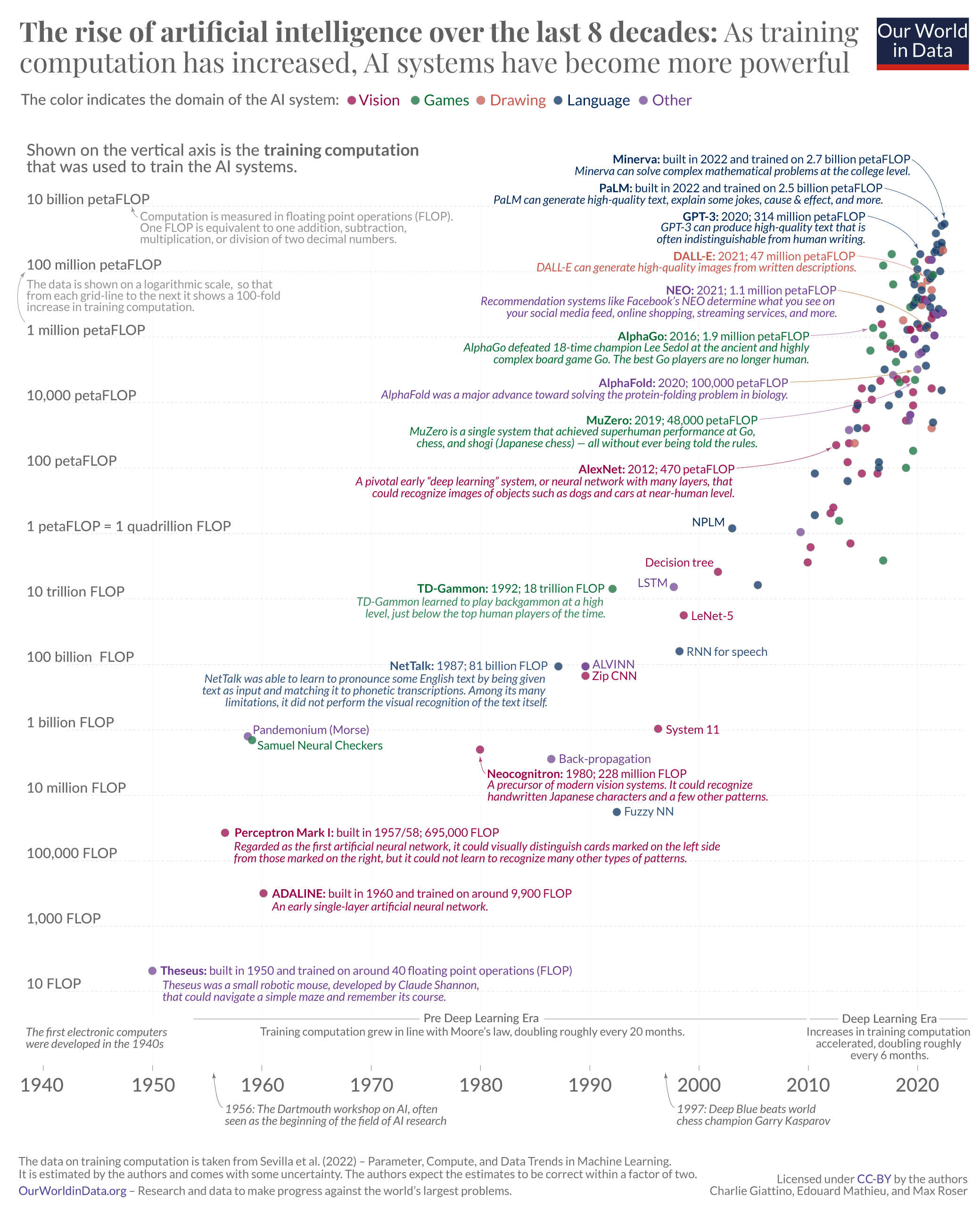In the world of technology, speed isn’t just a luxury; it’s a necessity. As we navigate the age of artificial intelligence (AI), the importance of velocity for product vendors cannot be overstated. It’s not just about being fast; it’s about being relevant, adaptive, and ahead. In this dynamic era, pushing for rapid development and deployment is crucial not only for vendors but also for consumers who must demand more from their providers.
Why Velocity Matters More Than Ever
A significant marker of technological evolution has been Moore’s Law, an observation made in 1965 by Gordon Moore, co-founder of Intel which predicted that the number of transistors on a microchip would double approximately every two years. For decades, this law has been a reliable predictor of the exponential growth in computing power, driving advancements across every sector of technology.
However, in recent years, we’ve begun to see a shift. The pace of technological innovation, especially in AI and machine learning, is now surpassing the trajectory set by Moore’s Law. This acceleration is due, in part, to advancements in software algorithms, the proliferation, and advances of, graphics processing units (GPUs), extensive use of parallelization, materials, and much more. These innovations are enabling us to process and analyze data at speeds and scales previously unimaginable, opening up new frontiers in AI research and application.
Looking at the figure below, it’s evident that the past 10 years have witnessed remarkable leaps in functionality and human “likeness”, that have been surpassed even further in recent years.

If you look at the explosion of AI systems in the last decade, we are at a monumental inflection point:

Source: Our World In Data
I’ve seen the impact this has had on our product over the past few years, as well as my productivity with the use of GitHub Copilot, Grammarly, and Midjourney. It will change more than we can imagine.
Now, back to the points…
1. Technological Advancements are Accelerating
The pace at which technology is advancing is unprecedented. AI and machine learning are not just buzzwords but are rapidly becoming integral components of products across industries. For product vendors, this means the window to innovate and capture market share is shrinking. Products that were revolutionary a year ago can quickly become obsolete. Velocity ensures that vendors can keep up with these advancements, iterate quickly, and deliver cutting-edge solutions.
2. Customer Expectations are Evolving
Customers today are more informed and demanding than ever. They expect not just quality but rapid innovation and improvements to the products they use. This shift in customer expectations means that vendors cannot afford to be complacent. A slow pace of development and deployment can lead to customer dissatisfaction and churn. Velocity allows vendors to respond to customer feedback swiftly, improving the product experience and retaining users.
Just think about how we purchase food or goods nowadays, what used to be a long manual process is now an almost instant reward with the likes of Amazon Prime, DoorDash, and others. Whether good or not, people are becoming increasingly impatient.
3. Competitive Advantage
In a market flooded with alternatives, being first or fastest can be a significant competitive advantage. Velocity enables vendors to be first movers, capturing market share and setting the standards in their industry. Moreover, rapid iteration based on real-world usage and feedback can lead to a superior product that is hard for competitors to match.
4. Risk Mitigation
The faster a product can be developed and brought to market, the quicker a company can learn from real-world usage. This rapid feedback loop allows for quicker pivots, reducing the time and resources wasted on non-viable features or products. In essence, velocity in product development is a form of risk mitigation, ensuring that investments are aligned with market needs.
Why Consumers Should Push Their Vendors
As consumers, we play a pivotal role in shaping the products and services we use. By demanding faster innovation, better quality, and quicker responses to feedback, we push vendors to prioritize velocity. This not only leads to better products for us but also drives the entire industry forward.
Look at the rate at which AI has evolved and has continued to evolve, it is accelerating. While I may not be a fortune teller, I do believe that this will be something of monumental importance that will ripple through nearly everything.
Now, given new things are coming weekly, how long can you afford to wait for your vendor to integrate new features? The obvious answer, the sooner the better. While legacy vendors are praised for their stability, that stability comes at the demise of slow development cycles and lack of velocity. When business and consumer demands are changing daily, this can have a large impact if there is a substantial gap in realization. Push your vendors, or find new ones that have velocity; if this is revolutionary it will change the standards.
Pushing vendors for more also means advocating for transparency, ethical AI practices, and responsible innovation. As end users, we have the power to influence how products are developed and ensure that they are created in ways that benefit society as a whole.
How We’re Embracing Velocity at DevRev
Let me start by saying this, “we are hungry”. We aren’t here to build a step increment, we are here to revolutionize how people build, operate, support, and grow people, products and companies. We embraced AI before it was cool, and we know it will change everything (well almost everything).
Our advantage is we can move quickly, and we must. We’ve built our whole platform for speed and scale embracing a complete cloud-native deployment deployed via Infrastructure as Code (IaC), fully automated CI/CD, microservices-based architecture, and more important than all else, hunger.
Why This Matters to You
As we’ve seen, AI is evolving faster than we can imagine, speed is crucial. Partnering with a fast-moving vendor ensures you’re at the forefront, using the latest breakthroughs to revolutionize your business, streamline operations, enable new product functionalities, and enhance customer experiences.
The difference between leveraging new technologies in days or weeks versus months can significantly impact your competitive edge and market position. Delays not only mean missed opportunities but also risk falling behind competitors who can adopt innovations faster. In a world where timing can dictate market leadership, the speed of innovation isn’t just an advantage—it’s a strategic necessity.
We push deployments multiple times a day to our core platform. Not 3rd party bot updates, but real platform functionality. Just today (Feb 9th… a Friday) we already have over 50 deployments, of which 5 were core production deployments. Some days we see core production daily deployments anywhere from 20 to near 50s, again, we’re hungry.
Velocity isn’t just applicable to delivering new features, but it is even more critical for fixes.
While working on-call, I saw a bug come in, triaged it, found the problem, made a fix and the fix was deployed in an hour as it automatically went through each environment and their promotion gates/tests.
Whether is resolving a defect or adding the latest functionality, the velocity at which one can do this is paramount. We’ve built our platform to not only enable velocity but also designed it to embrace and provide the full potential of AI. Learn more here: No Legacy, No Limits - The DevRev Blueprint for a Tech Utopia
I know we will continue to keep the “pedal to the metal” as it is in our blood. Embrace pushing your vendors, their velocity is now more important than ever, so don’t let them keep you down.
Conclusion
In the age of AI, velocity is not just a competitive edge; it’s a survival strategy. For product vendors, embracing the need for speed means staying relevant, meeting customer expectations, and leading the market. For consumers, pushing vendors for more is about ensuring that the products we use evolve as quickly as our needs do. Together, we can drive the future of technology, ensuring that it’s not just fast, but also meaningful and responsible.





